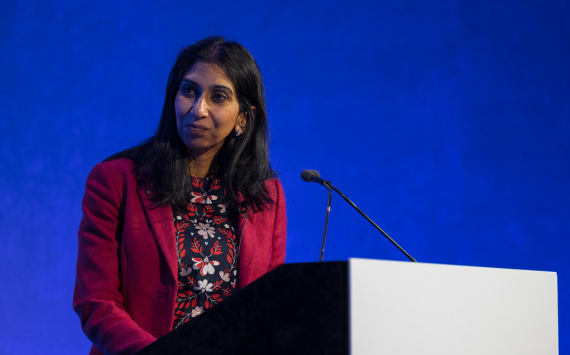
A cure for metachromatic leukodystrophy
The National Health Service, NHS has given a child with metachromatic leukodystrophy a £2.8 million drug free of charge for the first time, The Times has reported.
Metachromatic leukodystrophy is a congenital disease caused by a defect in one of the genes. The body does not produce substances that break down the fatty substance in the brain, causing the organ to be unable to transmit signals to other parts of the body. As a consequence, the children lose their sight, their ability to speak and move, and after 5 to 8 years, they die.
Teddy Shaw, 18 months old, was the first British child to receive this costly medicine at government expense. "We are extremely grateful and thankful that she now has the opportunity to lead a long and normal life," the newspaper quoted the girl's mother as saying.
NHS England chief executive Amanda Pritchard said the breakthrough meant children like Teddy could do things every child should be able to do, "such as go to school and play with friends". People born with a terminal illness can now lead normal, healthy lives, she said.
A 19-month-old baby called Teddy has received life-saving gene therapy treatment for metachromatic leukodystrophy (MLD) a disorder that causes severe damage to the nervous system and organs in NHS first.
The one-time Libmeldy treatment (atidarsagene autotemcel) works by taking a patient's stem cells, replacing the defective gene that causes MLD and then reintroducing the treated cells back into the patient.
It is listed as one of the "most expensive drugs" in the world at a cost of £2.8m; however, NHS England is known to have negotiated a "substantial confidential discount" last year.
Libmeldy is available on the NHS at the Royal Manchester Children's Hospital, one of five European centres carrying out the treatment.
Around five babies with MLD are born each year in England. Those with MLD starting before 30 months old deteriorate quickly and usually die between the ages of five and eight. Those whose condition starts between 30 months and six years old have a life expectancy of 10-20 years longer.







































